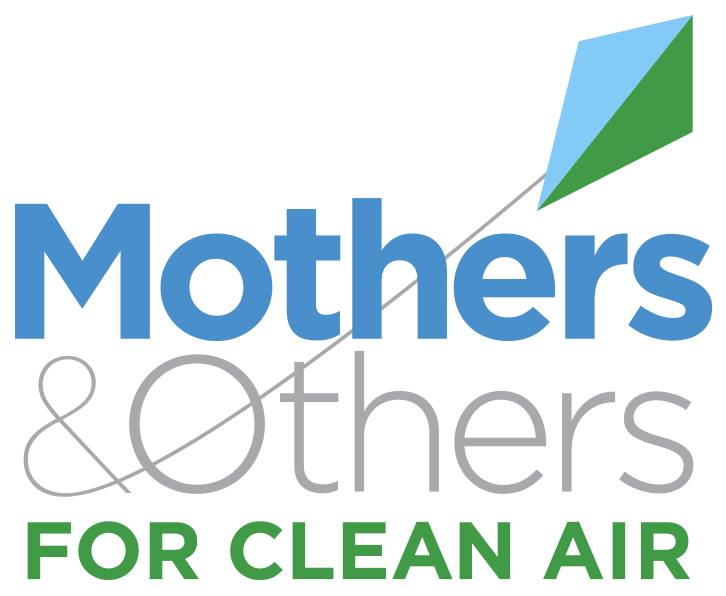Fine particulate matter (PM2.5) air pollution exposure is the largest environmental health risk factor in the United States. Here, we link PM2.5 exposure to the human activities responsible for PM2.5 pollution. We use these results to explore “pollution inequity”: the difference between the environmental health damage caused by a racial–ethnic group and the damage that group experiences. We show that, in the United States, PM2.5 exposure is disproportionately caused by consumption of goods and services mainly by the non-Hispanic white majority, but disproportionately inhaled by black and Hispanic minorities. On average, non-Hispanic whites experience a “pollution advantage”: They experience ∼17% less air pollution exposure than is caused by their consumption. Blacks and Hispanics on average bear a “pollution burden” of 56% and 63% excess exposure, respectively, relative to the exposure caused by their consumption. The total disparity is caused as much by how much people consume as by how much pollution they breathe. Differences in the types of goods and services consumed by each group are less important. PM2.5 exposures declined ∼50% during 2002–2015 for all three racial–ethnic groups, but pollution inequity has remained high.
Published Mar 26, 2019
Tessum, C. W., Apte, J. S., Goodkind, A. L., Muller, N. Z., Mullins, K. A., Paolella, D. A., . . . Hill, J. D. (2019). Inequity in consumption of goods and services adds to racial–ethnic disparities in air pollution exposure. Proceedings of the National Academy of Sciences, 116(13), 6001-6006. doi:10.1073/pnas.1818859116
